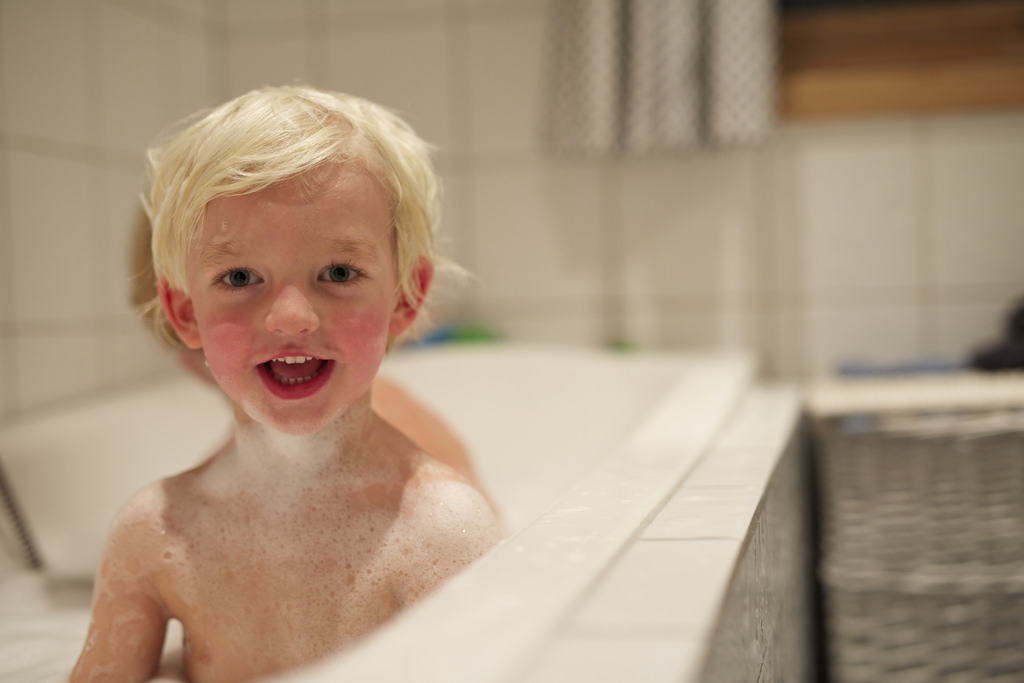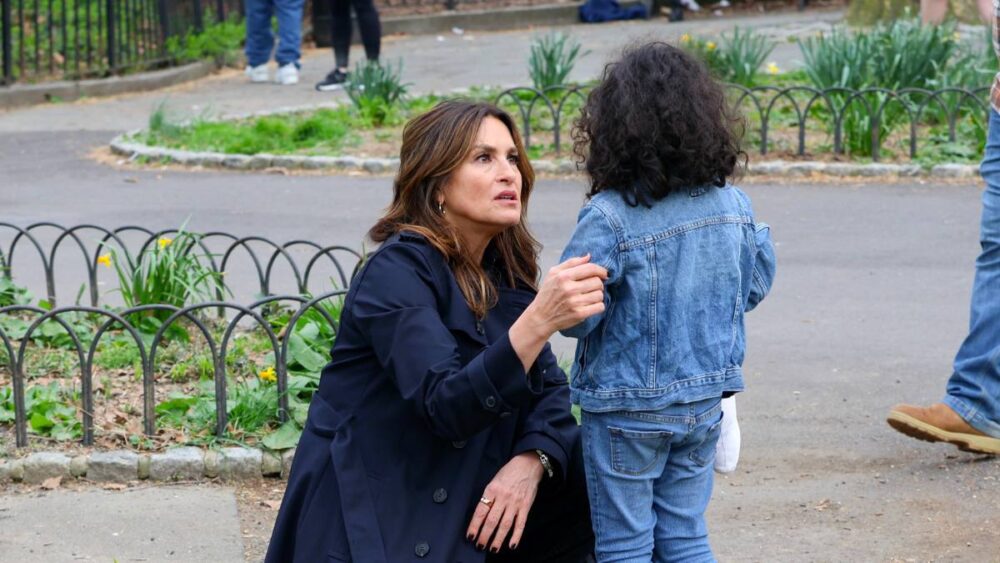How To Correct A Child’s Behavior In 3 Easy Steps, No Punishment Necessary

Parents use all kinds of tactics to correct a child’s behavior, but what about methods that don’t include punishment? Alan Kazdin, director of the Yale Parenting Center, does not believe in things like time-outs when a child does something wrong.
“Parents might start out reasoning, but they’re likely to escalate to something a little bit more, like shouting, touching, firmly dragging their child, even if they’re well-intentioned,” Kazdin told The Atlantic. Instead of punishment, Kazdin has other methods and suggestions for parents.

He’s even written a whole book on the subject. While you wait for your copy to arrive from Amazon, I’ll break down the takeaways of his philosophy for you.
According to Kazdin, trying to change your child’s behavior through reasoning and rationalizing is about akin to telling a smoker that cigarettes are bad for them and expecting them to quit based solely on that information.
Overall, he recommends that parents focus on the behaviors they want to see in their child until the not-so-good behavior disappears. This may sound simple enough, but how exactly do parents do it? Kazdin offers a three-part process to change the behavior.
1. What Comes Before The Behavior
How do you ask for and approach the behavior you want to see happen?
A gentle voice is key to compliant behavior, according to Kazdin’s method, as is giving your child a choice — or the appearance of a choice.
In other words, if you want your child to put on her shoes, you would say to her in a gentle voice: “We’re going to put on our shoes now, Alice. You pick whether you want to wear the red pair or the green pair today, OK?”
The other day, I told a friend about Kazdin’s anti-punishment methods and she tried this tip. While her 5-year-old daughter used to throw tantrums before they’d leave the house, when my friend switched things up and applied Kazdin’s method, the little girl started to love picking out what to wear when my friend presented her with choices. So this one’s definitely worth a try.

2. How You Craft The Behavior
Part of step two is covered in step one. Giving your child a choice, for example, is crafting the behavior for compliance.
Kazdin also suggests using “games” and role-playing. For example, as he told The Atlantic if the length and intensity of your child’s tantrums are a problem, you could during a time when the child is calm — play a “tantrum game.” You ask your child to pretend to get upset and have a tantrum, but you set it up as a game. For example, if hitting is a problem, you could say: “OK, if you can have this tantrum but not hit me in the process, I’ll give you a star or two points on this chart. And remember, it’s just a game! But if you can do it, you’ll get your points.”
This way you are not only encouraging your child to practice behavior you want to see, but you are also creating a situation where you’ll have the opportunity to praise him or her. Which brings us to the third point.

3. What You Do At The End
Step three is all about praise. In the tantrum game, for example, if your child has the “pretend” tantrum without hitting you, you can say: “Look, Alice! You had a tantrum and you didn’t hit me! That was fantastic.”
Try to use the child’s name when praising him or her, so they know it’s really meant for them. You want to encourage them to repeat the behavior again, so you could say something like: “Wow, I bet you can’t do that again.”
Keep praising that good behavior until it seeps into your child’s brain, and they’re more likely to keep doing the good instead of reverting to the “bad.” If there are various elements tied to the problematic behavior, you can start adding in those additional behaviors to the game, using positive reinforcement each type he or she models the behavior you want to see.
Like anything in life, the more we practice something, the more it becomes a habit. And good habits are the best kind of habits, right?

How do you approach behavior modification in your own house?
RELATED: You can teach kids responsibility by making sure they know how to do these seven things before they become teenagers:
Related video: Watch how this dad takes care of his kids when mom is away. It’s so cute!
Photo by geirt.com






